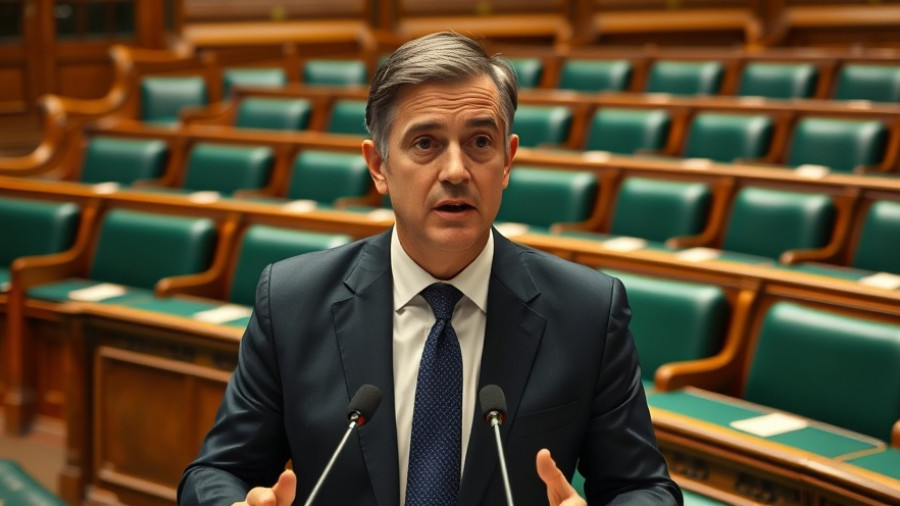
A Royal Celebration of Sustainability and Remembrance
In a remarkable blend of celebration and solemnity, King Charles III marked his official birthday this year with an eco-conscious flypast and a poignant tribute to the victims of the historic Air India plane disaster. The festivities, centered around the traditional Trooping the Colour, were elevated by a minute's silence honoring the 241 lives lost in a tragic aviation accident that impacted communities in London and beyond.
The Red Arrows Soar with a Purpose
During the ceremony, the beloved Red Arrows performed an aerial display, incorporating a sustainable twist that delighted spectators. Utilizing a mix of vegetable oil as part of their fuel, these iconic jets soared through the sky leaving behind vibrant vapour trails of red, white, and blue. This eco-friendly approach not only showcased the Royal Air Force's commitment to green initiatives but also provided an inspirational model for modern aviation practices.
Reflecting on the Air India Tragedy
The Air India disaster, which claimed the lives of several British nationals, was etched in the minds of those present. King Charles requested that all royals in attendance wear black armbands, a powerful gesture of respect that reminded everyone of the significance of community and togetherness during times of tragedy. This minute of reflection added depth to the celebratory atmosphere, allowing the occasion to resonate with a sense of solemnity.
Modern Royal Traditions: Evolving Yet Timeless
Trooping the Colour, a time-honored event, has evolved over the years, incorporating contemporary issues into its framework. This year, along with honoring the victims, celebrations showcased a notable first—the blend of sustainable practices in royal festivities. Such inclusiveness in ceremony reflects the changing monarchy, aligning with public sentiment that values ecological considerations.
The Heartwarming Royal Family Presence
Amid the pomp, it was heartening to witness the younger royals actively participating in the celebration. Prince George, Princess Charlotte, and Prince Louis joined their mother Kate in a carriage procession, enshrining the royal family's connection with the younger generation. This familial bond not only endears the monarchy to the people but also emphasizes the importance of legacy, belonging, and community spirit—a compelling narrative that resonates especially with young homeowners seeking similar engagements in their neighborhoods.
Engagement with Local Populations
The atmosphere was electric as approximately 8,000 members of the public, including family members of those involved in the parade, filled the stands at Horse Guards Parade. The event served as a reminder of the monarchy's role in bridging gaps between history and contemporary community engagement. Young homeowners in London can take inspiration from this melding of past and present, reflecting on how individual contributions can positively impact local history and communal life.
Looking Forward: Community and Sustainability
As we reflect on King Charles’s commitment to sustainability, it becomes clear that both individuals and communities can take steps toward fostering eco-friendly initiatives at the grassroots level. Young homeowners can explore sustainable living choices, from eco-conscious renovations to community gardening projects that enrich their neighborhoods and reduce their carbon footprint. Such efforts can create a lasting impact, reverberating through generations.
In conclusion, as the echoes of this year's Trooping the Colour fade away, the various themes of remembrance, community, and sustainability invite us all to engage more deeply with our surroundings. Let's take inspiration from this royal example and harness the spirit of togetherness while pursuing greener practices.
If you're intrigued by the intersection of local endeavors, history, and sustainability, consider diving into more articles about how communities can evolve into more eco-friendly spaces.
 Add Row
Add Row  Add
Add 




Write A Comment